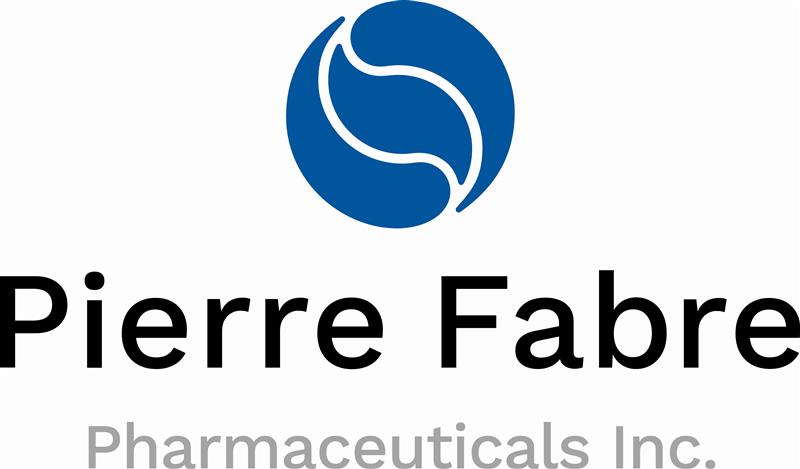
A thin echogenicity at the anterior aspect of the right portal vein may help distinguish between biliary atresia and Alagille Syndrome
Ashley Upton1, Tebyan Rabbani2, Jose Hernandez1, Benjamin L. Shneider3, Sanjiv Harpavat3.
1Department of Radiology, Baylor College of Medicine and Texas Children’s Hospital, Houston, TX, United States; 2Department of Pediatrics, Stanford University, Palo Alto, CA, United States; 3Department of Pediatrics, Baylor College of Medicine and Texas Children’s Hospital, Houston, TX, United States
Introduction
Differentiating biliary atresia (BA) from Alagille Syndrome (AGS) is critical but challenging. While a positive “triangular cord sign” (echogenicity >4 mm) is a known ultrasound marker for BA, this study investigates whether a thin echogenicity at the anterior aspect of the right portal vein can aid identifying AGS.
Methods
Maximum echogenicity (MxE) measurements were taken from ultrasound images by locating the thickest echogenicity along the right portal vein's anterior wall and measuring its thickness. MxE measurements were retrospectively analyzed in infants with BA (n=12) and AGS (n=30). Ultrasound images were reviewed to measure MxE at the anterior wall of the right portal vein using standardized criteria. Clinical characteristics and diagnostic thresholds were compared across groups.
" href="https://app.split2025.org/papers/body/40#">Add Figure 1
Results
Infants with BA had MxE values ranging from 2.5 to 5.0 mm (mean ± SD: 3.9 ± 0.8 mm), with none having MxE <1.0 mm. In contrast, infants with AGS had significantly thinner MxE, ranging from 0.5 to 3.3 mm (mean ± SD: 1.1 ± 0.6 mm). Notably, 16 of 30 AGS infants had MxE <1.0 mm. These findings suggest that a threshold of MxE <1.0 mm may help exclude BA and identify AGS.
" href="https://app.split2025.org/papers/body/40#">Add Figure 2
Conclusion
A thin echogenicity (MxE <1.0 mm) at the anterior right portal vein may serve as a useful non-invasive marker for AGS, reducing unnecessary invasive testing and inappropriate treatment in affected infants (Figure B). Larger studies are needed to validate these results and explore the potential for combining MxE with other ultrasound markers to improve diagnostic accuracy.
The WebApp is sponsored by:

If you have any questions during the meeting, please go to the registration desk. Our emails will be monitored sporadically.
REGISTRATION DESK OPENING TIMES
Thursday, May 1, 2025, 07:00-17:30 Friday, May 2, 2025, 07:00-12:00